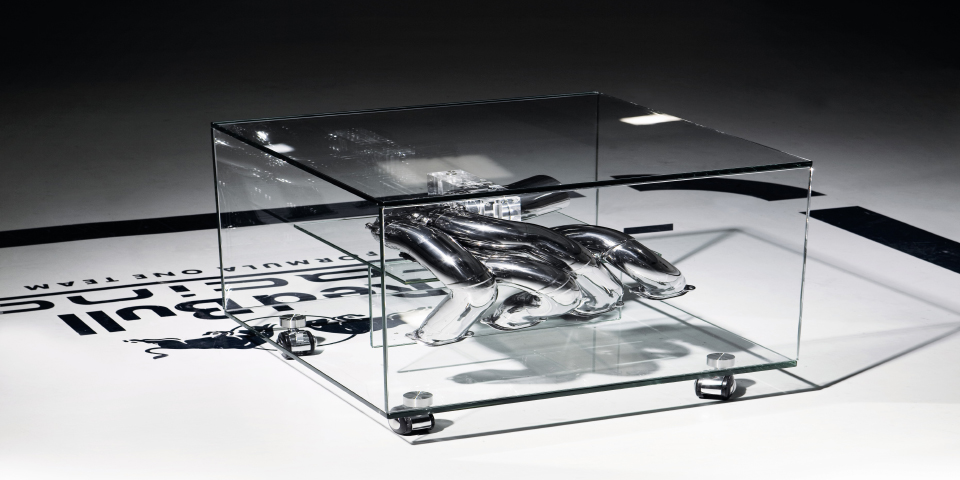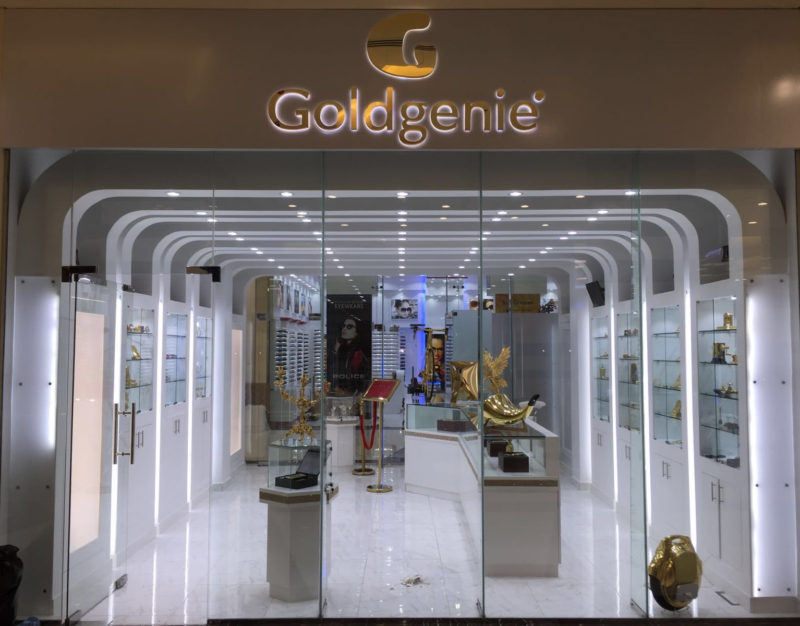Gold & Silver Rise Again
From Adrian Ash
On “Robust” Asian Buying, Unwind Last Week’s Euro-Price Falls as Portuguese Bail-Out Called “Inevitable”
THE PRICE OF GOLD rose further against all major currencies in London trade on Tuesday morning, reversing two-fifths of last week’s $68 drop to hit $1385 per ounce for US investors.
Global stock markets also rose, adding more than 1% to London shares, as energy and agricultural commodities extended their rally.
Government bond prices, like the major currency-crosses, were little changed. Silver prices rose together with gold, climbing almost 5% from last week’s low to touch $29.70 per ounce.
Amongst Western investors, however, “Gold ETF [trust-fund] holdings have been on a net losing streak since the start of 2011,” says UBS strategist Edel Tully.
Monday saw the iShares silver ETF trust fund record its fourth day of net sales.
But “While there has been long liquidation and indeed new short positions created on the move lower” in wholesale gold and silver bar prices, says Swiss refinery group MKS’s Finance division, “investors need to be wary of the robust physical buying from Asia, in particular India and China.”
“Traders are talking about buying dips again,” concurs a Hong Kong dealer, noting that Asia “physical market remains very tight” for gold.
Reuters says the Hong Kong premium for wholesale gold bars over benchmark London prices today held at $3 per ounce, a near 30-month high.
With the Chinese New Year approaching, “Gold is preferred to platinum this year,” says another dealer, and “There’s a huge demand [to buy gold] from China,” says Ronald Leung, head of Lee Cheong Gold Dealers in Hong Kong.
“[Precious-metal bar] refineries just opened and there’s not much stock around, so it’s a bit tight.”
At the government level on Tuesday, Beijing reported a new record foreign-currency hoard worth $2.85 trillion, following what Bloomberg News says was the fastest quarterly accumulation since at least 1996.
Domestic Chinese bank lending in full-year 2010 reached CNY7.95 trillion ($1.2trn), other data showed, some 6% greater than the politburo’s target.
Vice-premier Li Keqiang – widely tipped to become prime minister when Wen Jiaobao steps down in 2012 – yesterday agreed £2.6 billion ($bn) worth of new trade deals with the UK government, and PetroChina today moved to buy a large stake in French and Scottish refineries owned by the UK’s Ineos.
Already holding perhaps 10% of all Eurozone government debt in issue according to senior researcher Vanessa Rossi at the Chatham House think-tank, the Chinese government was last week rumored to have bought €6 billion ($7.7bn) of Spanish government bonds.
Japanese finance minister Yoshihiko Noda said today that Tokyo wants to buy one-fifth of the Eurozone’s new €18bn in “stabilization mechanism” bonds, launched to help finance the €85bn bail-out of Ireland.
“The key threshold of [Europe’s] collective capacity for more bailouts is the AAA ratings of Germany, France, the Netherlands, Finland, and Austria,” says Stephen Jen of London’s BlueGold Capital management, quoted by the Financial Times‘ Alphaville.
Domestic-telecoms firm KPN currently enjoys lower interest rates in the open market than the Dutch government, Barclays Capital notes.
Portugal will tomorrow be the first “peripheral” Eurozone state to attempt a sale of 10-year debt in 2011, and “Even if we see a successful auction, it doesn’t mean anything,” reckons BNP Paribas strategist Ioannis Sokos, “because at rates above 7% it’s not sustainable.
“It is inevitable that Portugal has to turn to the EU and IMF if they keep borrowing at these levels.”
The gold price in Euros on Tuesday recovered the last few cents of last week’s 3.5% drop, trading back above €34,300 per kilo, as the Euro-price of silver erased almost all of its 5.6% plunge.
British investors looking to buy gold also saw the market rise further from Friday’s 3-week low, coming within a few pence of £890 per ounce.
Gold priced in Sterling last week dropped 5.6% from a new all-time high at £919.50 – almost one-third higher from the start of 2010.
“I think the start of the year seeing a $70 sell-off has dented enthusiasm somewhat,” says a London bullion-bar trader quoted by the professional Platts newswire, “so there could well be some selling/profit-taking into this bounce.”
“Overall we feel safe-haven demand for bullion will return before too long,” says the latest Precious Metals Monthly from bullion-bank Scotia Mocatta.
Noting a “changing tide” in gold’s supply and demand dynamics from the last 10 years – and with gold mining production “climbing again” as jewelry demand has “fallen sharply” outside China – “one thing that has not changed yet is investors’ demand for gold,” say Scotia’s analysts.
Noting 2010’s dramatic 85% surge in silver prices, however, and “Given the market is in a structural [supply/demand] surplus, we fear prices may be overbought,” the new report adds.
Adrian Ash
Gold price chart, no delay | Buy gold online at live prices
Formerly City correspondent for The Daily Reckoning in London and head of editorial at the UK’s leading financial advisory for private investors, Adrian Ash is the editor of Gold News and head of research at BullionVault – winner of the Queen’s Award for Enterprise Innovation, 2009 and now backed by the mining-sector’s World Gold Council research body – where you can buy gold today vaulted in Zurich on $3 spreads and 0.8% dealing fees.
(c) BullionVault 2011
Please Note: This article is to inform your thinking, not lead it. Only you can decide the best place for your money, and any decision you make will put your money at risk. Information or data included here may have already been overtaken by events – and must be verified elsewhere – should you choose to act on it.













